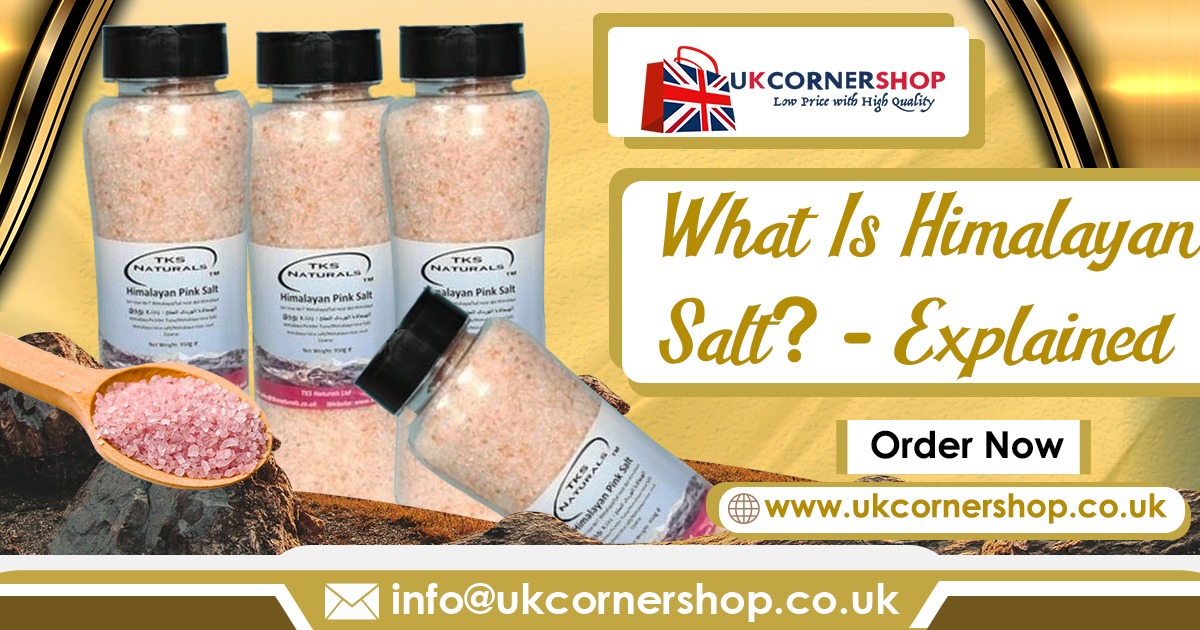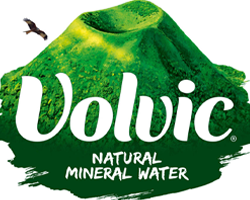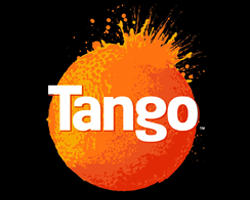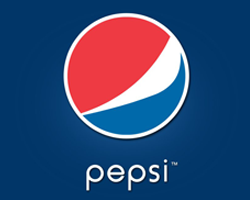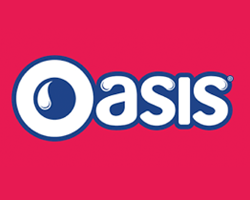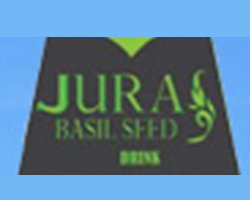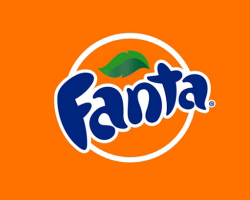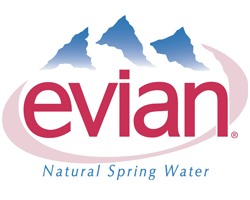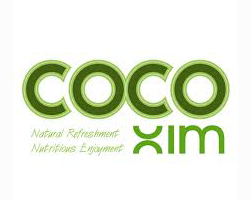Salt, an unassuming mineral that has wielded profound influence throughout human history for countless millennia, has profoundly shaped our cultures, culinary traditions, and economic landscapes. Its evolution from an ancient, treasured commodity to an omnipresent ingredient in our contemporary diets is a captivating odyssey spanning epochs and continents. Yet, amid this enduring narrative, emerges a distinctive character: Himalayan Salt. This exotic salt variety manifests ubiquitously – within the confines of salt grinders, the intriguing facets of rugged salt lamps, the captivating hues of slabs designed for searing steaks, and even within the tranquil confines of “salt rooms” within spa retreats. But does this surge of interest and popularity in pink Himalayan salt truly merit the spotlight? In the forthcoming exploration, we shall traverse the annals of salt’s history and unveil a comprehensive understanding of Himalayan Salt, addressing all your inquiries and curiosities along the way.
Salt in Antiquity
The history of salt dates back to ancient times, with evidence of its use dating as far back as 6,000 years ago. Early civilizations, such as the Sumerians, Egyptians, and Chinese, recognized salt’s value not only as a seasoning but also as a preservative. Salt was a precious commodity, sometimes even used as currency in trade. In fact, the word “salary” is derived from the Latin word “salarium,” which referred to the payment Roman soldiers received for purchasing salt.
The Importance of Salt in Preservation
One of salt’s primary historical uses was as a preservative for food. Before the advent of refrigeration, salt was instrumental in preventing spoilage and extending the shelf life of perishable goods. This preservation method allowed people to store food for longer periods, enabling them to survive harsh winters and extended periods of scarcity.
Salt as a Currency
Salt’s economic importance was so significant that it became a form of currency in various regions. The ancient Chinese, for instance, established salt mines and a salt tax system, making it a source of revenue for the government. In Europe, salt was traded along established routes known as “salt roads.” These routes were crucial for commerce and culture, as they facilitated the exchange of not only salt but also ideas and technologies.
The Salt Trade
The demand for salt led to the development of extensive trade networks. Regions that had abundant salt deposits, such as the Mediterranean, the Himalayas, and the African salt pans, became major salt-producing centers. The establishment of trade routes for salt contributed to the exchange of cultures, languages, and ideas between distant lands.
Modern Uses of Salt
In contemporary times, salt has retained its importance, albeit in different ways. Beyond its use as a seasoning, salt has found applications in various industries, including chemical manufacturing, water purification, and road de-icing. Furthermore, our diets today often contain excessive amounts of salt, which can have health implications if not consumed in moderation.
What is Himalayan Salt?
Himalayan salt, often referred to as pink salt or Himalayan pink salt, is a type of rock salt that is primarily mined from the Khewra Salt Mine in the Punjab region of Pakistan, which is near the Himalayas. This distinctive salt has gained popularity in recent years due to its unique color, purported health benefits, and its use as a gourmet seasoning. Here’s a detailed explanation of Himalayan salt:
Formation and Characteristics of Himalayan Salt
Origin
Himalayan salt is believed to have formed millions of years ago during the geological processes that created the Himalayan mountain range. It is harvested from ancient sea beds that were buried by geological shifts.
Color
The distinctive pink or reddish hue of Himalayan salt arises from its mineral composition, primarily due to the presence of iron oxide, as well as trace minerals such as magnesium, potassium, calcium, and iron. This results in a spectrum of pink shades, spanning from delicate pastels to vivid, vibrant tones. You’ll commonly encounter pink salt in the form of finely ground crystals in salt grinders, as well as in the striking, large chunks that emit a warm, pink or orange glow when used in Himalayan salt lamps.
Culinary Use
Seasoning
Himalayan salt is used as a gourmet seasoning for food. Many chefs appreciate its mild, nuanced flavor, which is less intense than regular table salt. It can be used to enhance the taste of various dishes, from meats and seafood to salads and desserts. It can also be used to make brines and marinades.
Cooking Slabs
Himalayan salt blocks or slabs are popular for cooking. These slabs can be heated to high temperatures and used for grilling, searing, or serving chilled dishes like sushi. The salt imparts a subtle, salty flavor to the food and can also provide a unique presentation.
Health Claims and Benefits of Himalayan Salt
Improves digestion
Advocates of pink salt often claim that its rich mineral content makes it a healthier alternative to table salt. Himalayan pink salt contains magnesium, which is important for digestion. Magnesium helps to relax the muscles in the digestive tract and promote peristalsis, the movement of food through the intestines.
Reduces Inflammation
Himalayan pink salt contains minerals that have anti-inflammatory properties. These minerals include potassium, calcium, and magnesium. Inflammation is a major factor in many diseases, so reducing inflammation can have a wide range of health benefits. Himalayan pink salt can be gargled to soothe a sore throat or reduce inflammation
Boosts Energy Levels
Himalayan pink salt contains electrolytes, which are minerals that help to regulate fluid balance and blood pressure. When you are dehydrated, your electrolyte levels can become depleted, which can lead to fatigue. Himalayan pink salt can help to replenish your electrolytes and boost your energy levels.
Improves Sleep Quality
Himalayan pink salt contains magnesium, which is known to promote sleep. Magnesium helps to relax the body and mind, making it easier to fall asleep and stay asleep.
Reduces Stress Levels
Himalayan pink salt can help to reduce stress levels by stimulating the production of endorphins, the body’s natural “feel-good” hormones. Endorphins have mood-boosting and pain-relieving effects.
Improves Skin Health
Himalayan pink salt can be used as a natural exfoliator to remove dead skin cells and improve skin texture. It can also be used to make a salt scrub, which can help to reduce inflammation and improve circulation.
Lower Sodium
Some argue that because pink salt crystals are larger, you use less salt by volume, potentially reducing sodium intake. A teaspoon of Himalayan pink salt has about 368 milligrams of sodium, while a teaspoon of table salt has about 381 milligrams of sodium. This difference may seem small, but it can be significant for people who are trying to limit their sodium intake.
Even for people who do not have high blood pressure, a low-sodium diet is still beneficial. The American Heart Association recommends that adults consume no more than 2,300 milligrams of sodium per day. By choosing Himalayan pink salt over table salt, people can easily reduce their sodium intake by a few hundred milligrams each day.
Detoxification
Some proponents suggest that Himalayan salt lamps or inhalation therapy can help purify the air and improve respiratory health.Himalayan pink salt can be used to make a detoxifying foot soak. This can help to remove toxins from the body and improve circulation
Salt Lamps and Spa Products
Himalayan salt is also used to make decorative items like salt lamps, candleholders, and spa products. These items are believed to release negative ions when heated, which some claim can have a soothing and purifying effect on the environment.
How much Himalayan pink salt should you use?
The amount of Himalayan pink salt that you should use depends on your individual needs and preferences. A good starting point is to use 1/2 teaspoon of Himalayan pink salt per day. You can adjust the amount up or down depending on how you feel.
In summary, pink salt is a unique and visually appealing type of rock salt that has gained popularity for its culinary uses and perceived health benefits and it is a safe and healthy alternative to regular table salt. It’s important to approach health claims with caution and maintain a balanced diet. It is valued as much for its aesthetic qualities as it is for its culinary and wellness applications.
Thanks for reading, we believe our blog on pink salt gave you sufficient information on the benefits of including pink salt in your regular diet.



